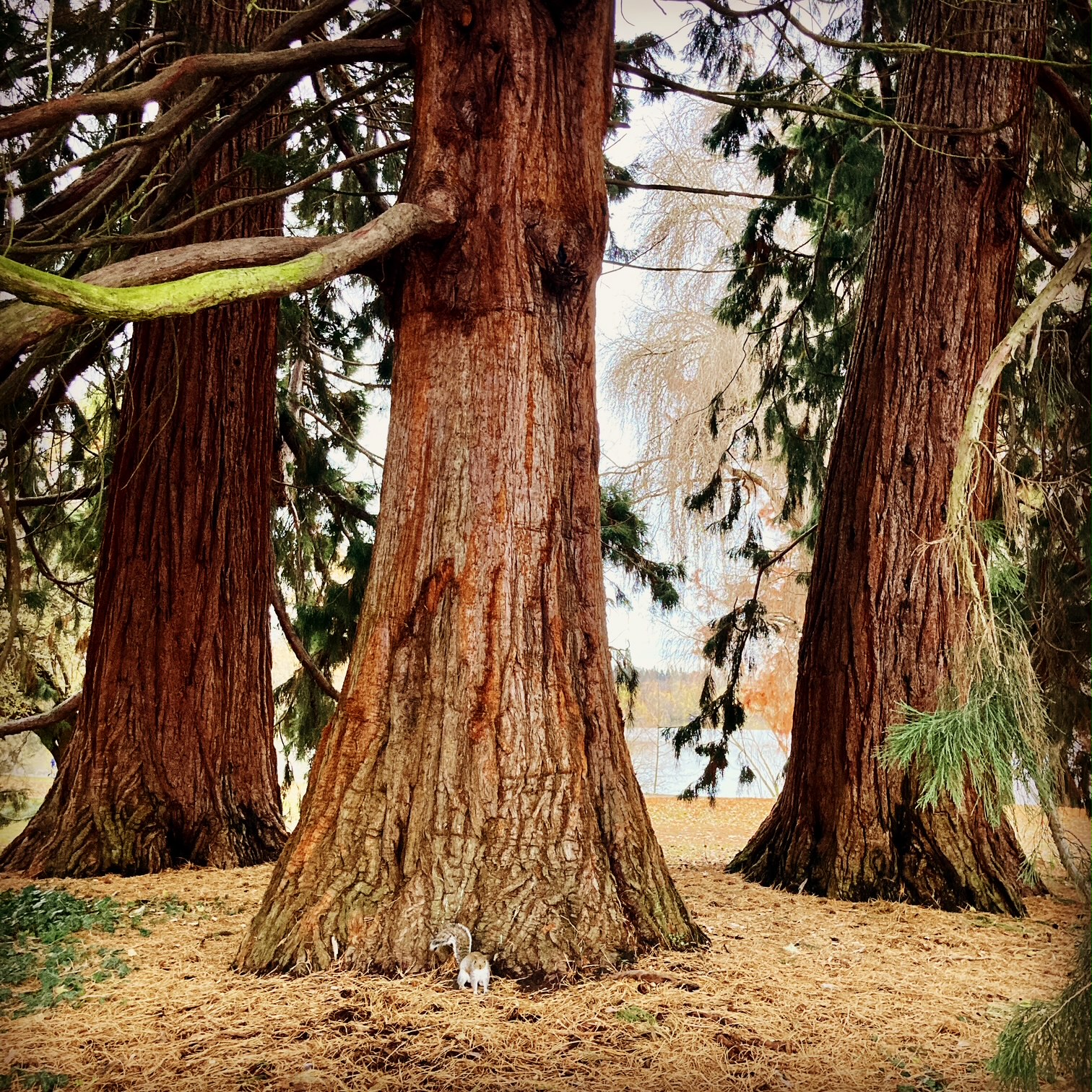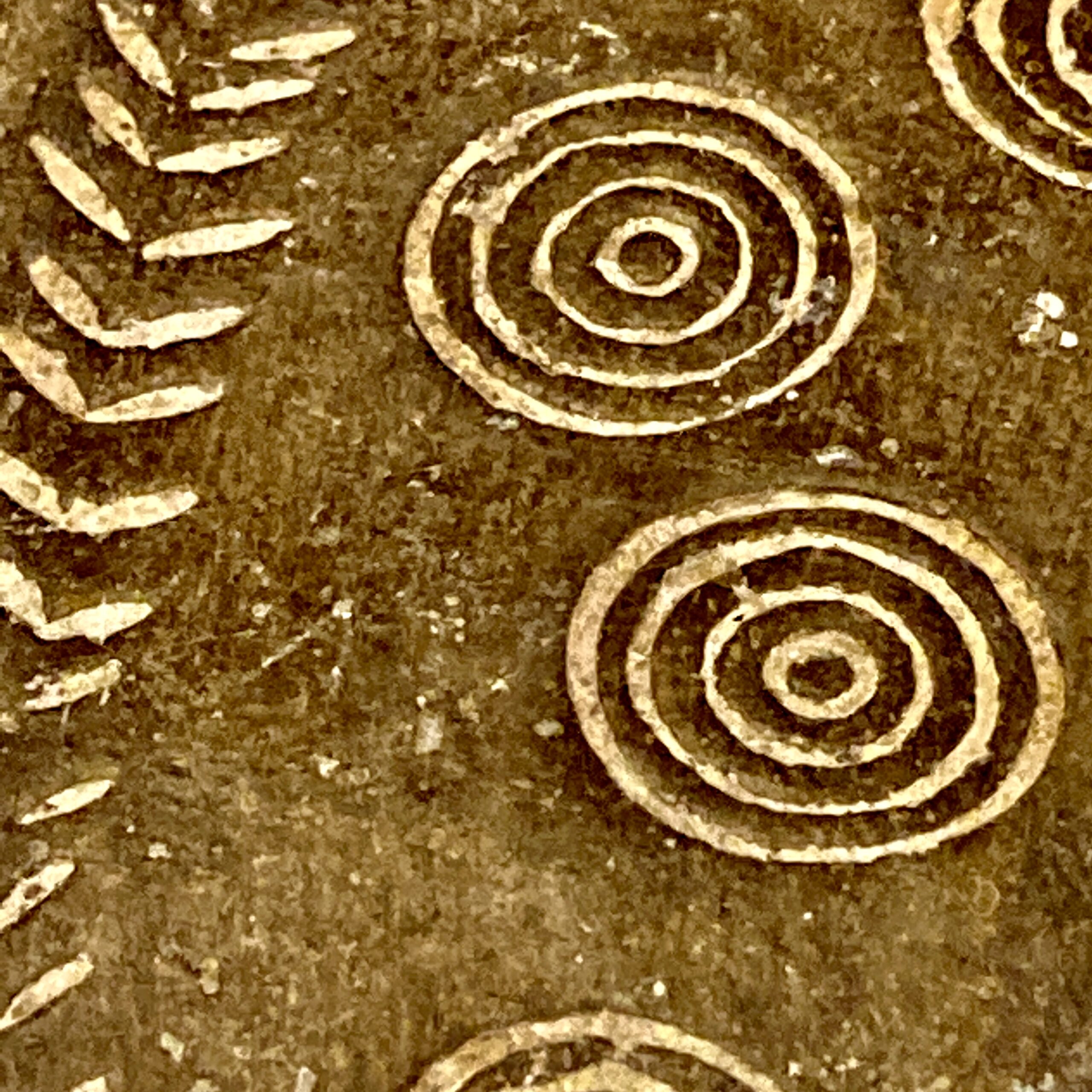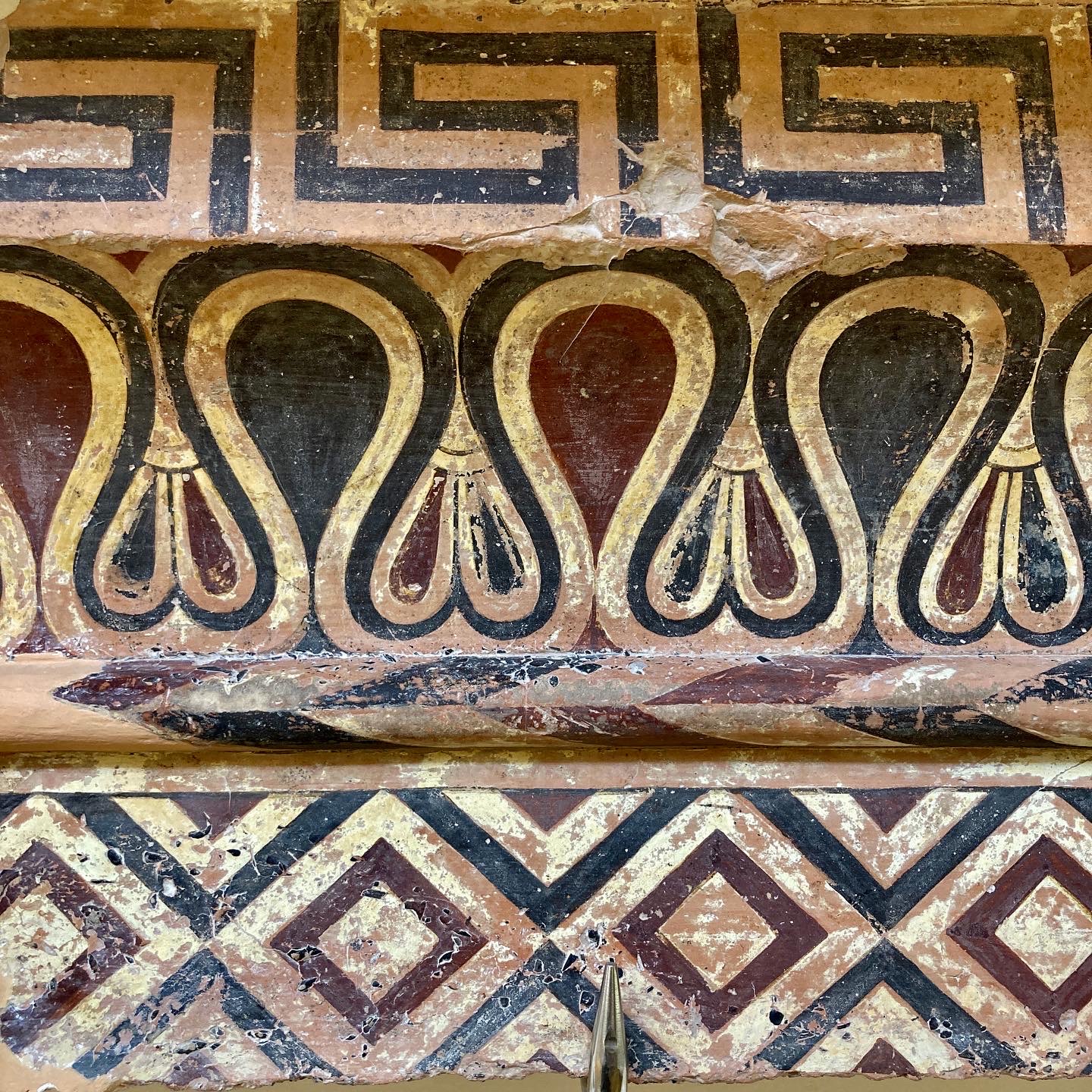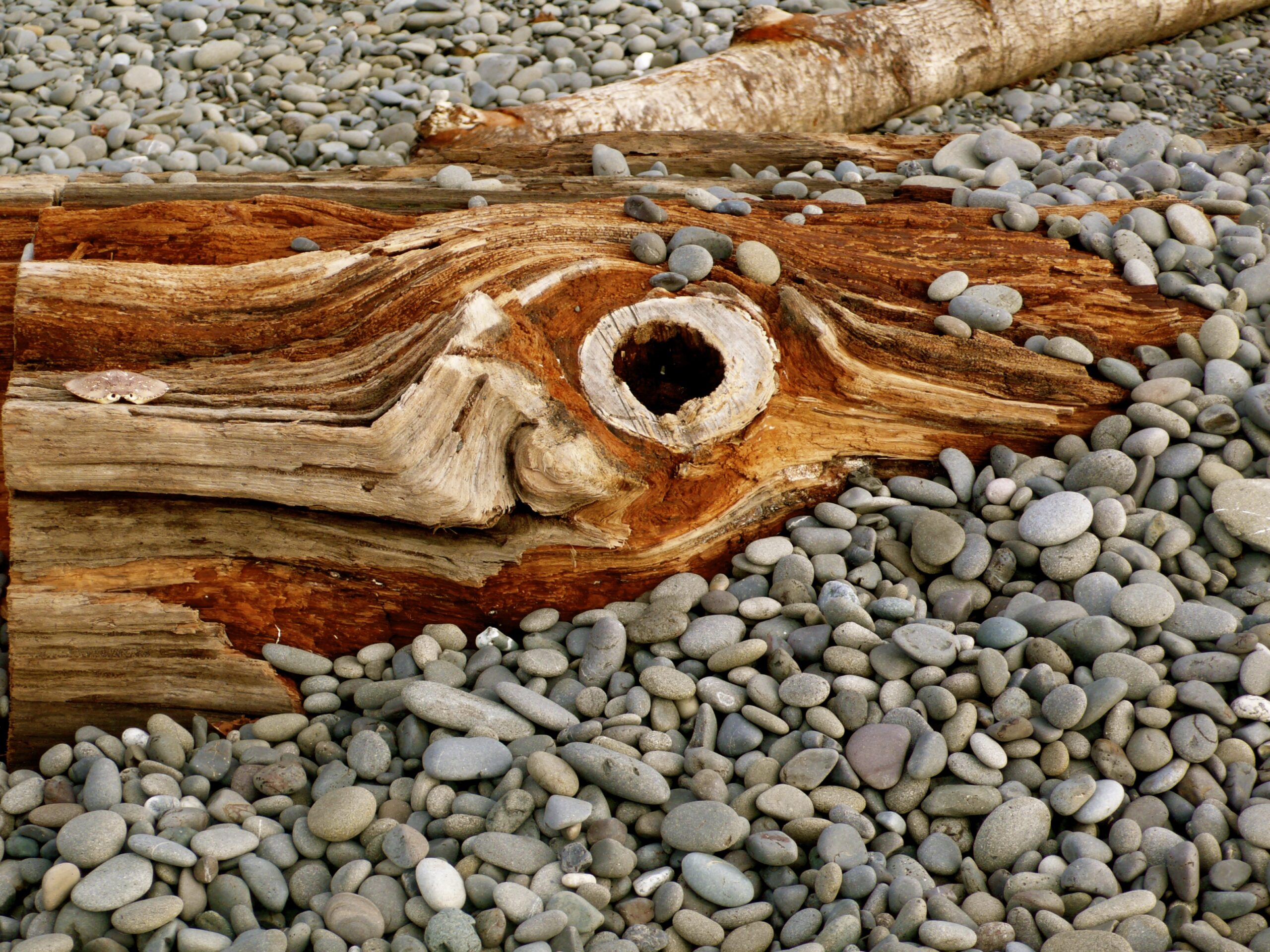This is a story about shoes, a spiritual pilgrimage, and an extraordinary man.
It happened a few years ago when I was teaching daily yoga while on tour with Spiritual India Journeys to South India. We were en route to Madurai and we stopped for a visit to the Rock Fort Temple. It was late in the tourist season and the day was extremely hot, but we had armed ourselves with bottles of water and felt prepared to make the arduous journey of 434 steps leading to the ancient temple of Ganapati up the rock mountain. We were, as a group, along with many other Hindu pilgrims, also determined to make the climb beyond Ganapati Temple to the Shiva Temple located at the very top.
As per custom, when we arrived at the temple, our guide Arvind explained that we must remove our shoes before starting our climb up the stairs. Shoes are considered impure so one is never allowed to walk on sacred ground with shoes on. When barefoot, your feet make contact with the earth mother. Being barefoot appears to be the great equalizer, much as the Catholic school uniform was for kids of varying social classes attending the same school I attended growing up.
We took our shoes off and Arvind paid a Shoe Attendant to watch over them as we started up the 434 steps. You can see in the photo below that there is a number system to help you find your shoes after the temple visit. Somehow, the system works perfectly: You take your shoes off and a paid Shoe Attendant promises to keep an eye on them. The Shoe Attendant will give you a ticket with a number on it. You number would be 314 or 315 if your shoes were in the photo below. Basically, you leave your shoes among a sea of other shoes in good faith that they will be there when you return. You visit the temple, you come back, and your group leader presents your ticket number to the Shoe Attendant. The Shoe Attendant then leads you to your shoes, which he has been guarding with his life. You put your shoes on, and on you go your merry way.

Generally, I love walking barefoot. In Germany, there are barefoot paths along fields and they are wonderful! I’ve done some marvelous Kneipp barefoot cold water therapies with Ursula in Germany and have loved it. Yoga is done barefoot and I delight in doing my practice and feeling the earth (or yoga mat) under my feet. Well, in India, temple floors are swept clean, but with the dense population and many people visiting temples, it is a short matter of time before the temple floors don’t feel as clean as intended. When walking barefoot in a temple, I’ve always encountered dust, grit, flower petals. That’s not so bad, right? But you see, it’s a matter of what you are used to. Thousands of people walk barefoot through the temples. As I walk, I have to completely psyche myself into not thinking about the surface I stand upon and the many thousands of feet that have tread the ground before me. I comfort myself in knowing that soon I will scrub my feet back at the hotel. I feel smug about having brought my pumice stone. I have brought along a favorite bar of soap, too. I can do this! Cleaning my feet back at the hotel is the carrot dangling before me.
Barefoot, we made our way to the topmost temple. A temple assistant had placed jute mats haphazardly here and there every 10 steps or so to reduce foot burning, but in between the jute mats, the stone ground was very hot. I’ve never done fire walking, but I imagine it might feel this way. The day was particularly hot because we were touring late in the season and the granite stone steps had had all morning to absorb solar heat.
My goal in walking was to rush from jute mat to jute mat. The jute mats don’t absorb heat the way the stone stairs do. But in some areas, there were no jute mats to give a little reprieve to our scorched feet. It reminded me of walking on the sand at Indiana Dunes in August as a child. I used to cry when it got so bad and my dad would suddenly pick me up and carry me. To make the climb at the rock temple more tolerable, I sacrificed my drinking water and dribbled scant amounts on the stones before placing my feet down. Everyone in my group was doing this. This cooled the surface significantly. My two liters of water saved me and my feet that day!

Here is a photo from some years ago in South India. Jack is standing next to a very proud Shoe Attendant at a cave temple. Jack had just reclaimed his shoes after a temple visit. Shoe Attendants have a simple but important job. They take their jobs seriously and they take pride in what they do.

That day back at our Rock Fort Temple, we did it. We climbed to the top. We were rewarded with smiles from the other pilgrims, glorious views, a nice breeze at the Shiva Temple, and a feeling of serenity. Arvind was so impressed with us. He was teaching us about the concept of pilgrimage, the idea of Tapas. Tapas, a yoga concept, is part of the yoga spiritual practice. Tapas is any practice that pushes the mind against its own limits; the key ingredient of tapas is endurance. The word Tapas means austerity and is the practice of encountering obstacles on the path. The practice or concept of Tapas is overcoming those obstacles, and coming out of the experience with more clarity and a deeper sense of yoga or union with cosmic consciousness and the power of life around us.
We made our way back down relatively easily. When we went to retrieve our shoes, Arvind discovered a flaw in the system. His shoes were missing! Yes, his very expensive, new and quite nice Italian shoes were simply nowhere to be found. Arvind couldn’t believe it. “How did my shoes disappear?”, he asked the Shoe Attendant. Our Shoe Attendant stood numb, initially unable to react. He had no explanation as to where the shoes were. He seemed really frightened. Arvind calmly asked him to look around, but already Arvind knew that his shoes would never be found. Someone had coveted and stolen them.
Unfortunately, the overseer of the Shoe Attendants (the shoe foreman?) got wind of what was going on because our Shoe Attendant panicked and was looking around frantically for Arvind’s shoes. His fear gave him away. So the overseer came over and, much to everyone’s shock, started beating our Shoe Attendant.
It was so disturbing and sad on many levels. See, our Shoe Attendant was a simple man. Who else is going to take such a job? Shoe guarding doesn’t demand a depth of skill. Our man was so proud to have this job. His family’s livelihood depended on his ability to make sure everyone’s shoes were safely guarded and returned after the temple visit. Somehow, he messed up, looked away for a second while some temple-going charlatan stole Arvind’s shoes. And now the poor guy was getting beaten.
Arvind yelled out, “NO!! STOP STOP!!” to the Bad Man beating our poor simple man. We all gasped. Arvind was visibly shaking. The Bad Man stopped and the Simple Man dropped onto his knees crying and started kissing Arvind’s feet in a gesture of apology and humility. Arvind kept backing away and begged the simple man to GET UP, telling him that it didn’t matter, that he was not angry, that sometimes these things happen. Arvind put his hand on the Simple Man’s shoulder and helped him up. He then had a loud argument with the Bad-Man-Shoe-Overseer and demanded that he have pity and forgiveness for the Simple Man-Shoe Attendant.
We left the temple upset over the incident, Arvind walking barefoot over cow dung, broken up hot pavement, and discarded fruit peels.
“Never mind,” he said. “Let’s just go. I can buy another pair of shoes anytime. You know, they are just shoes! Just shoes!” He was quite shaken by the cruelty we had just witnessed.
We got on the bus and drank in the cold blast of AC. Arvind sat down and put his hands to his face for what seemed like a long time. Everyone was quiet. He gathered his thoughts and addressed us with great emotion:
You know, there is so much unnecessary cruelty in this word. The man who guarded our shoes was a simple man. Who else is going to do that job? He should never have been beaten. And I’m not sure the man who beat him understood how wrong it was to beat this man. Our Shoe Attendant was SIMPLE . And, you know, I don’t even care about those stupid shoes! At first I did want to know where my shoes were. But, of course, I know they are just shoes. Do you know that I did not even own a pair of shoes until I was 16 years old? Yes, it’s true. I grew up so poor in my village that I didn’t have any shoes until I was 16! And now, I can afford to buy an expensive pair of shoes and they got stolen. Can you see how the universe works? The shoes are not important!
I imagine that when Arvind got his first pair of shoes at 16 years old, he may have felt like this child:

When describing Tapas, the third of the niyamas (or personal observances) which are part of the Eight Limbs of the yoga practice, BKS Iyengar said, “Life without tapas is like a heart without love.”
It believe it was no coincidence that Arvind had earlier described the concept of Tapas as a practice of encountering obstacles on the path because we had done just that! We left the Rock Fort Temple with a deeper sense of compassion and a direct experience with non-attachment. Arvind’s experience became our own experience as well.
The temple visit that day was definitely a pilgrimage for us tender-footed, fair-climate folks. Pilgrimage and Yoga are inseparable. They are both journeys into the world of tapas in which we overcame obstacles on the path and moved forward through steadfast fiery determination. We all came out of the experience with the outcome of a deeper commitment to living a life of compassion, peace, balance, stillness, wholeness.







Beautiful story….such an important lesson! I will carry this with me today.
Amazing story, Fran. Thanks so much for sharing.